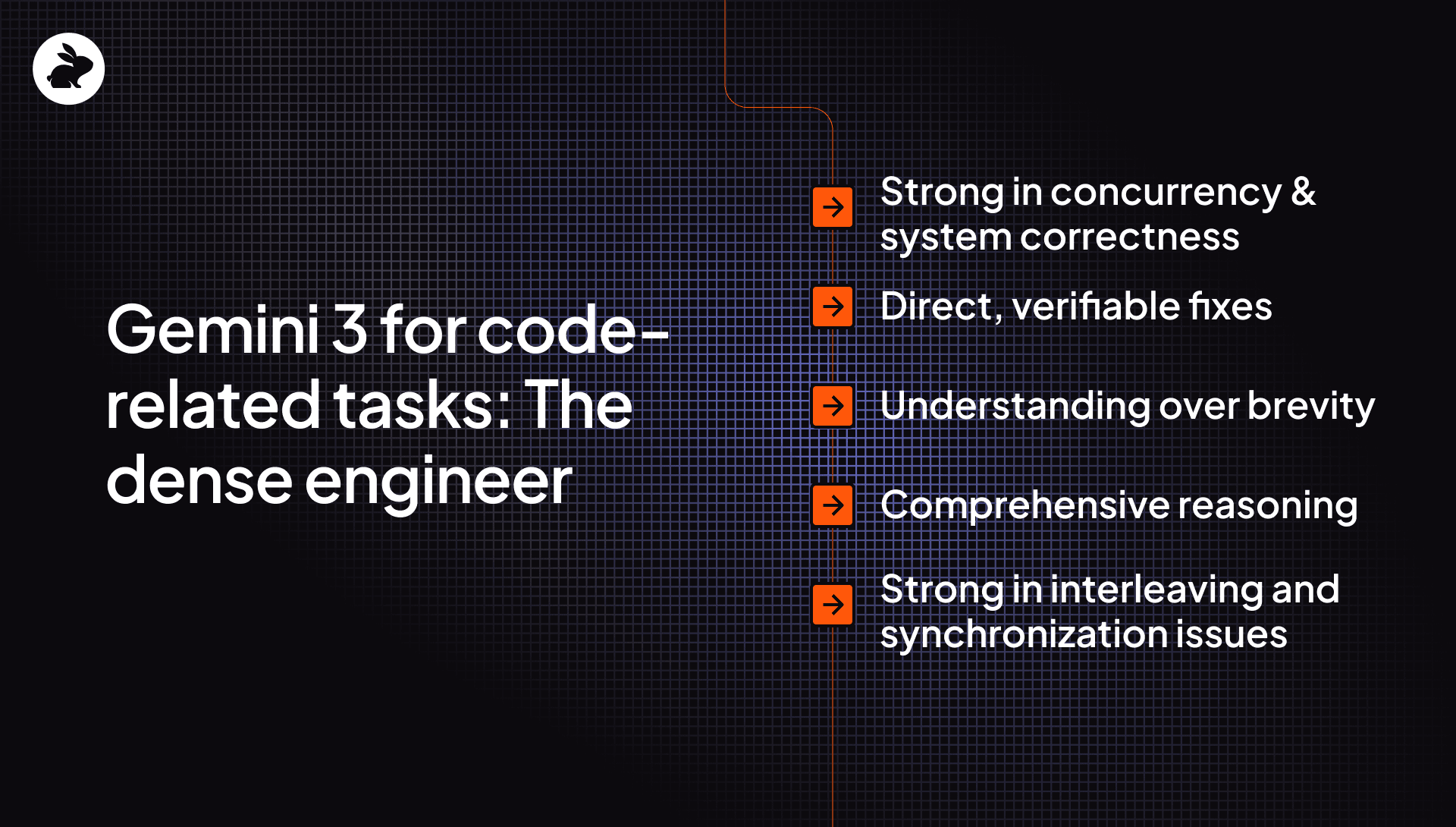
How to Catch S3 Misconfigurations Early with Automated AI Code Reviews
by 

Atulpriya Sharma
Product
English
Popular
November 26, 2024
11 min read
November 26, 2024
11 min read

Cut code review time & bugs by 50%
Most installed AI app on GitHub and GitLab
Free 14-day trial









